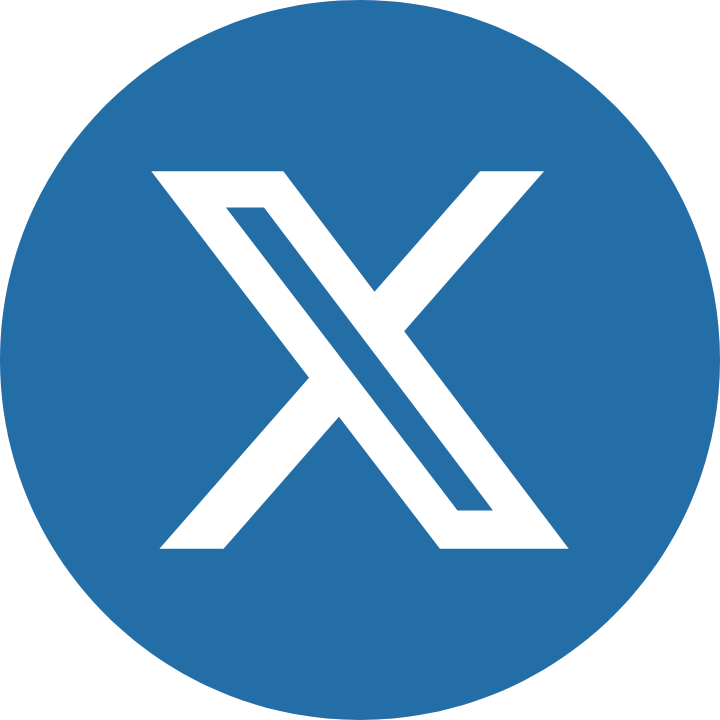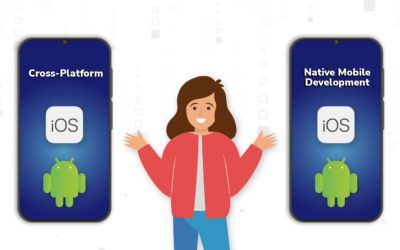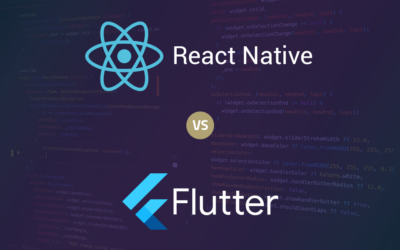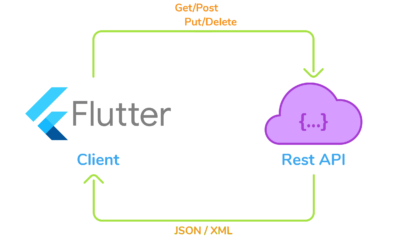Table of Content
Organizations and business owners have an important choice to make when it comes to what technology to choose before embarking on the journey of developing a mobile app for multiple platforms.
With so many options and technologies on the table, the key question that arises is about whether to choose a native or cross-platform development.
What is Cross Platform Mobile Development?
Cross platform apps are built with one code base with a native look and are compatible with multiple operating systems—Android, iOS, desktop, web, and embedded devices.
The main purpose of cross platform mobile development is to gain speed and simplify workflows, saving development time and costs.
There are several approaches to app development that depend on the type of app, functionality, customization, portability, independence, and skills.
Top Benefits of Cross Platform Mobile App Development
- Single codebase. Cross platform mobile development allows deployment to multiple devices with a single codebase, synchronizing releases and reducing complexities.
- Optimize development time and costs. Reusing code reduces the amount of code necessary to create, and time is saved by sharing code about data models, connectivity, serialization, analytics implementations, etc. Development time is also improved as there is less code to test and maintain.
- Resource optimization. Cross platform app development helps to unite team resources—one agile team and skill set for coding in Android and iOS using the same logic. Cross platform mobile app development is gaining popularity and offers new challenges and motivations that attract mobile engineers.
- Faster time to market. Deliver your applications to your addressable market faster by shortening the development lifecycle and reach a wider customer base.
- Consistent UI/UX experiences. Using the same UI components in cross platform app development gives full control to create a consistent experience that aligns users on both platforms for a better brand experience.
- Explore evolving technologies and methods. Cross platform mobile app development is about choosing the right tools with the necessary capabilities and strengths to allow for smooth integrations.
- Share business logic. Having the same codebase allows developers to share the same logic that applies to other platforms and integrate it into existing projects.
- Turn concepts into MVPs and prototypes. Faster development allows the creation of MVPs and prototypes for testing ideas and concepts.
Cross Platform App Development Frameworks
Cross platform frameworks allow developers to write, share, and reuse code to build cross platform apps with tools for creating native-like user experiences—well-written apps with the right tools and development process.
Although some developers prefer native development due to better performance and user experience, cross platform mobile development offers faster delivery.
The choice will depend on business goals and objectives, type of app and its requirements, functionality, customization, portability, independence, and team skills and experience.
There are several open-source cross platform app development frameworks to consider, with Flutter on top of the list as the most versatile.
Flutter. Flutter is an open-source framework supported by Google for building multi-platform, natively compiled apps from a single codebase. It is powered by Dart programming language and has been designed to reuse code across operating systems.
Flutter is accessible to developers with experience with object-oriented languages and imperative programming concepts. It’s a reactive framework that is layered and customizable, which offers a flexible architecture with high stability.
Learn more about the Top Benefits of Flutter.
React Native. React Native is an open-source framework to build cross platform apps based on a JavaScript library (ReactJS) for building user interfaces (UI) for iOS and Android. It offers access to libraries with components ready to use that save time and have a “fast refresh” feature to see changes immediately. Suited for building lightweight applications.
Ionic. Ionic uses a web-based approach that deconstructs the app components and renders them according to the user interface guidelines of Android or iOS. Ionic allows access to native device functions and plugins to access native libraries.
Xamarin. Xamarin is an open-source platform for building iOS, Android, and Windows native UI on top of .NET. Developers share and reuse code across and write logic in C# language to achieve a native-like look and feel. It’s an abstraction layer that manages communication of shared code and platform code, and it is compiled into native application packages (.ipa file on iOS and .apk on Android).
Kotlin Multiplatform Mobile. Kotlin Multiplatform Mobile (KMM) is an SDK for Android and iOS, currently in Beta mode, that uses the multiplatform capabilities of Kotlin, allowing it to maintain a codebase for the logic of networking, storage, analytics, and others.
It has the flexibility to share part of the logic and allow it to write platform-specific code where it’s necessary (implementing a native UI, or using platform specific APIs). KMM does not impose restrictions on using styles and frameworks for UI development—Jetpack Compose for Android and SwiftUI for iOS.
If you have an Android app created in Kotlin, you can try using Kotlin Multiplatform Mobile to reuse the code to make it work in iOS devices, working with Android Studio’s tooling for cross-platform mobile development.
Keep an eye out for future discussions of the possible limitations of cross platform mobile app development. We refer to performance issues, efforts to access specific platform APIs, UI consistency (native look and feel), and others.












Kudos on an informative post! Your insights into the benefits of cross platform app development are spot on, particularly regarding resource optimization and consistent UI/UX experiences. Well-researched and engaging!
I thoroughly enjoyed this article on cross-platform mobile development! I’d love to dive deeper into the benefits you mentioned, particularly how a single codebase streamlines workflows for teams like mine who are familiar with Flutter development company environments. Could you elaborate more on the specific pain points that cross-platform development addresses and how it can be leveraged to create seamless user experiences across multiple platforms?
I’m glad you enjoyed the article! 😊 I completely agree with you that streamlining workflows is a crucial benefit of cross-platform development, especially for teams like yours who are familiar with Flutter. In my experience, one of the biggest pain points addressed by cross-platform development services is the need to maintain separate codebases for Android and iOS, which can be time-consuming and costly. With frameworks like Flutter, you can leverage cross platform app development services to create a single codebase that works across multiple platforms, saving time and resources. I’d love to hear more about your experiences with Flutter!
As someone who’s been in this field for a while, I gotta say that I’m super excited about the potential of cross-platform development! The fact that you can write code once and reuse it across multiple platforms is just genius. And let me tell you, with the likes of Flutter leading the pack, it’s easier than ever to create seamless user experiences. Cross platform app development has got its pain points, I get it, but when done right, it can save teams like yours so much time and effort. Trust me, it’s worth exploring further!
I’m thrilled you enjoyed the article! I’d love to dive deeper into the benefits of cross-platform development, particularly how a single codebase streamlines workflows for teams familiar with Flutter. A mobile app development company like ours has seen firsthand the efficiency and cost savings that come from adopting cross-platform development, addressing pain points such as fragmented resources, lengthy development cycles, and inconsistent user experiences across multiple platforms.
I must say that I’m disappointed in this article’s shallow treatment of cross-platform development benefits. Can’t you elaborate on the pain points it addresses instead of just listing pros? How does it truly alleviate resource optimization, faster time to market, consistent UI/UX experiences, etc.? It’s an oversimplification of complex issues for those seeking genuine insights into cross platform app development services.
Meh, yeah, it’s a great post, I guess. The benefits of cross-platform development are pretty self-explanatory: single codebase, faster time to market, consistent UX… all the usual suspects. I mean, if you’re already familiar with Flutter, then leveraging its capabilities for cross-platform app development is a no-brainer. Just saying. But hey, what’s not to love about streamlining workflows and reusing code? It’s like, hello, resource optimization!
I appreciate you elaborating on the benefits of cross-platform development. As a reader, I’d like to see more discussion on how it addresses pain points such as reduced testing and maintenance costs, improved resource optimization, and faster time-to-market in mobile app development company environments. Can we get more insight into these areas?
I agree that the article provides a good overview of cross-platform development. However, I would like to see more concrete examples of pain points addressed by this approach. The text mentions faster delivery and simplified workflows, but it doesn’t provide much detail on how these benefits are achieved in practice. In particular, I’d appreciate some insight into how cross-platform development can lead to seamless user experiences across multiple platforms through cross platform app development.
I completely agree with the blog post’s assessment of React Native, Ionic, and Xamarin as viable cross-platform app architecture options. As a student of computer science, I’m intrigued by the potential for code reuse across platforms using Xamarin’s abstraction layer. What are your thoughts on the trade-offs between these frameworks?
I’m not sure what’s so “instructive” about this topic as a student of computer science. As I see it, the trade-offs between these frameworks come down to personal preference and specific project requirements when implementing a cross-platform app architecture. If you’re looking for a more straightforward approach with some abstraction layer, Xamarin might be the way to go. On the other hand, if you want something more lightweight and don’t mind sacrificing native performance, React Native or Ionic could work. Ultimately, it’s about what suits your needs best in terms of functionality, customization, and portability.
I’d love to hear more on integrating Flutter with cross platform app development services.
I’d love to hear more about your cross-platform app development services; can you elaborate?
I think it’s great that you’re exploring Kotlin Multiplatform Mobile (KMM). From a technical standpoint, I’d like to note that KMM is not just limited to sharing logic between Android and iOS, but also allows for platform-specific code where necessary. This is crucial in cross-platform app architecture, as it enables developers to leverage the strengths of each platform while minimizing compatibility issues. Looking forward to seeing how KMM evolves and addresses potential limitations.
I mean, yeah, cross-platform development is cool and all, but let’s be real, it’s not gonna replace native apps anytime soon. Still, if you’re looking for a mobile app development company to churn out some decent stuff quickly, I guess Flutter might be the way to go.
I’m not blown away by the usual React Native vs Ionic vs Xamarin debate. In my experience, Cross Platform app development is all about finding what works best for your project. Thanks for the rundown!